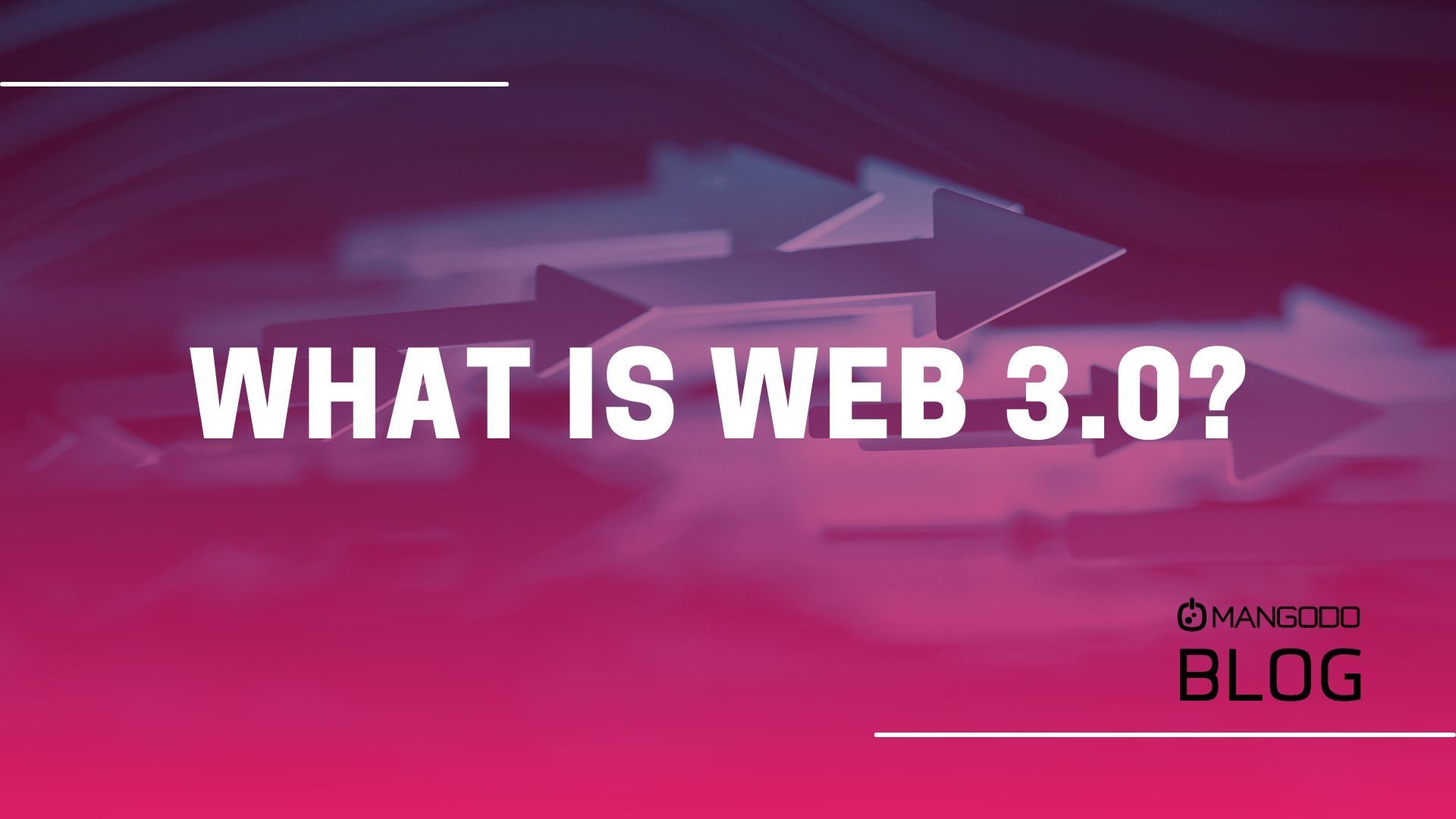What is Web 3.0?
Web 3.0, also known as the decentralized web or the semantic web, is the next evolution of the World Wide Web that aims to revolutionize the way we interact with the internet. While there is no universally agreed-upon definition for Web 3.0, it represents a set of technologies, protocols, and concepts that seek to overcome the limitations of Web 2.0 and bring about a more user-centric, secure, and decentralized online ecosystem.
Web 3.0 builds upon the foundations laid by its predecessor, Web 2.0, which focused on user-generated content, social networking, and interactive web applications. However, Web 3.0 takes these concepts a step further by incorporating emerging technologies such as blockchain, artificial intelligence (AI), machine learning, and the Internet of Things (IoT).
One of the core principles of Web 3.0 is decentralization. In the current web paradigm, most online platforms are centralized, meaning they are controlled by a single entity that stores and manages user data. Web 3.0 aims to distribute power and control among users by utilizing decentralized technologies like blockchain. By leveraging blockchain's inherent characteristics of transparency, immutability, and peer-to-peer consensus, Web 3.0 enables users to have more ownership and control over their data, as well as participate in decentralized applications (dApps) and decentralized autonomous organizations (DAOs).
Another key aspect of Web 3.0 is the concept of the semantic web. While Web 2.0 focused on linking documents and web pages, Web 3.0 aims to establish meaningful connections between data and concepts. This involves utilizing AI and machine learning algorithms to understand the context and meaning of information on the web. By enabling machines to understand and interpret data, the semantic web empowers users to find relevant information more easily, facilitates intelligent automation, and enables advanced applications like virtual assistants and personalized recommendations.
Web 3.0 also embraces the Internet of Things, which refers to the network of interconnected physical devices embedded with sensors, software, and connectivity. By integrating IoT devices with the web, Web 3.0 enables seamless communication between objects and users, creating a more immersive and interactive online experience. This opens up possibilities for smart homes, connected cities, and intelligent infrastructure that can enhance various aspects of our lives.
Privacy and security are significant concerns in the digital age, and Web 3.0 aims to address these issues. By leveraging decentralized technologies, users have more control over their personal data and can choose when and how to share it. Additionally, the use of cryptographic protocols and smart contracts on blockchain platforms ensures data integrity, enhances security, and reduces the reliance on centralized intermediaries.
It is important to note that Web 3.0 is still an evolving concept, and its full potential is yet to be realized. As new technologies emerge and evolve, the vision of a truly decentralized and intelligent web continues to take shape. The development of Web 3.0 relies on collaborative efforts from technologists, developers, entrepreneurs, and the wider community to drive innovation and build the infrastructure necessary for its adoption.
In conclusion, Web 3.0 represents a paradigm shift in the way we use and interact with the internet. By embracing decentralization, the semantic web, IoT, and enhanced security, Web 3.0 has the potential to create a more user-centric, secure, and intelligent online ecosystem that empowers individuals and fosters innovation.
